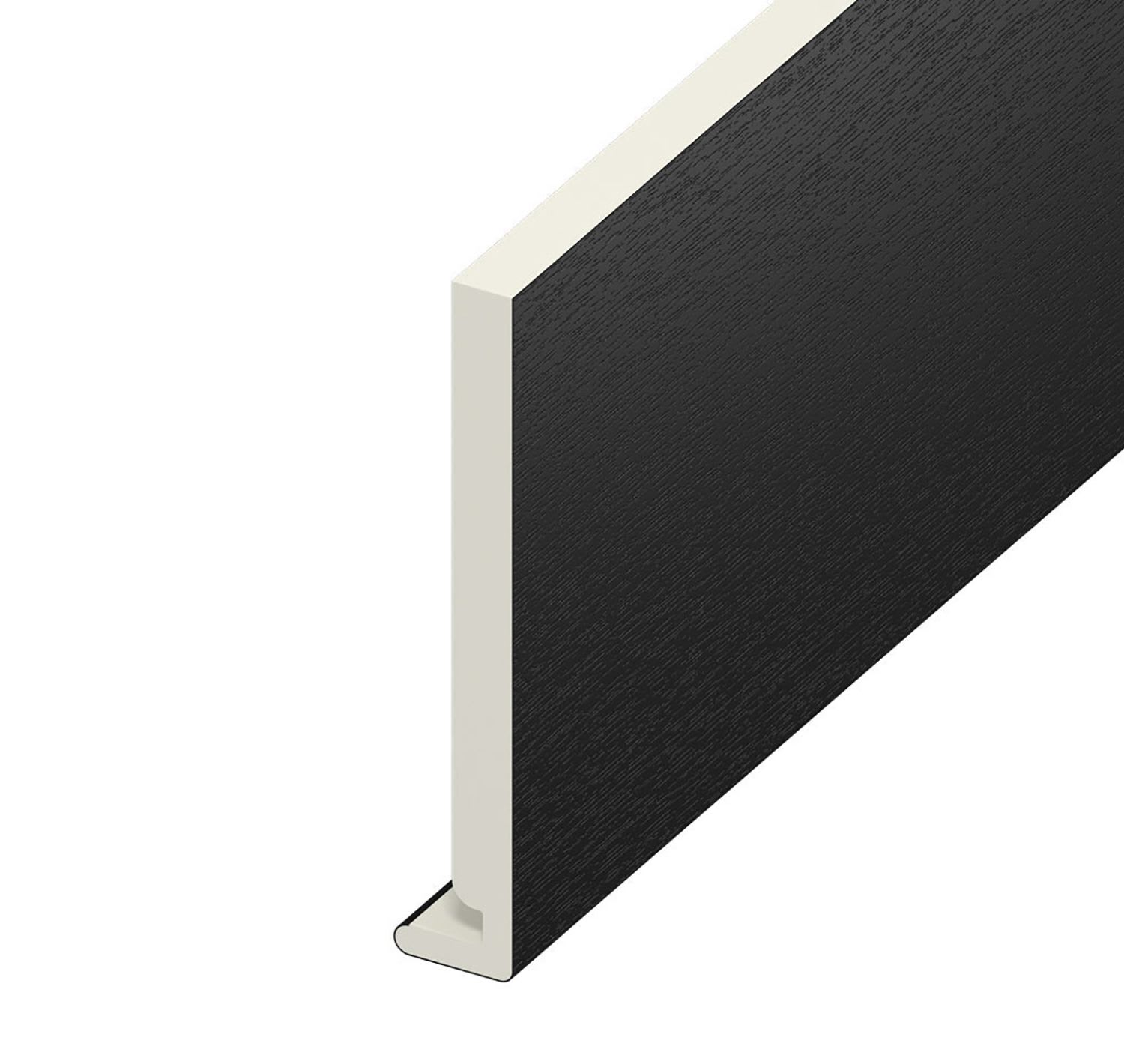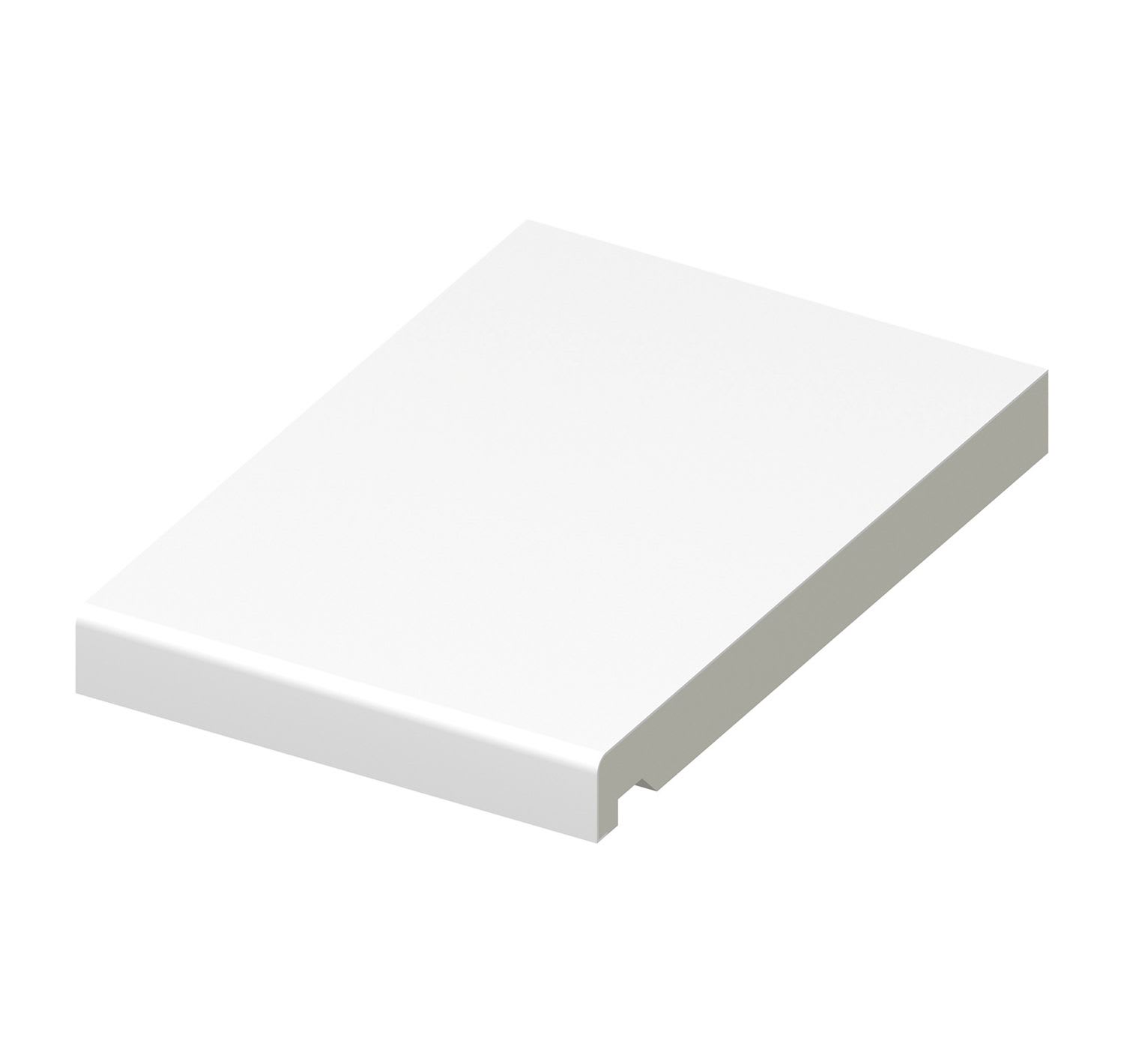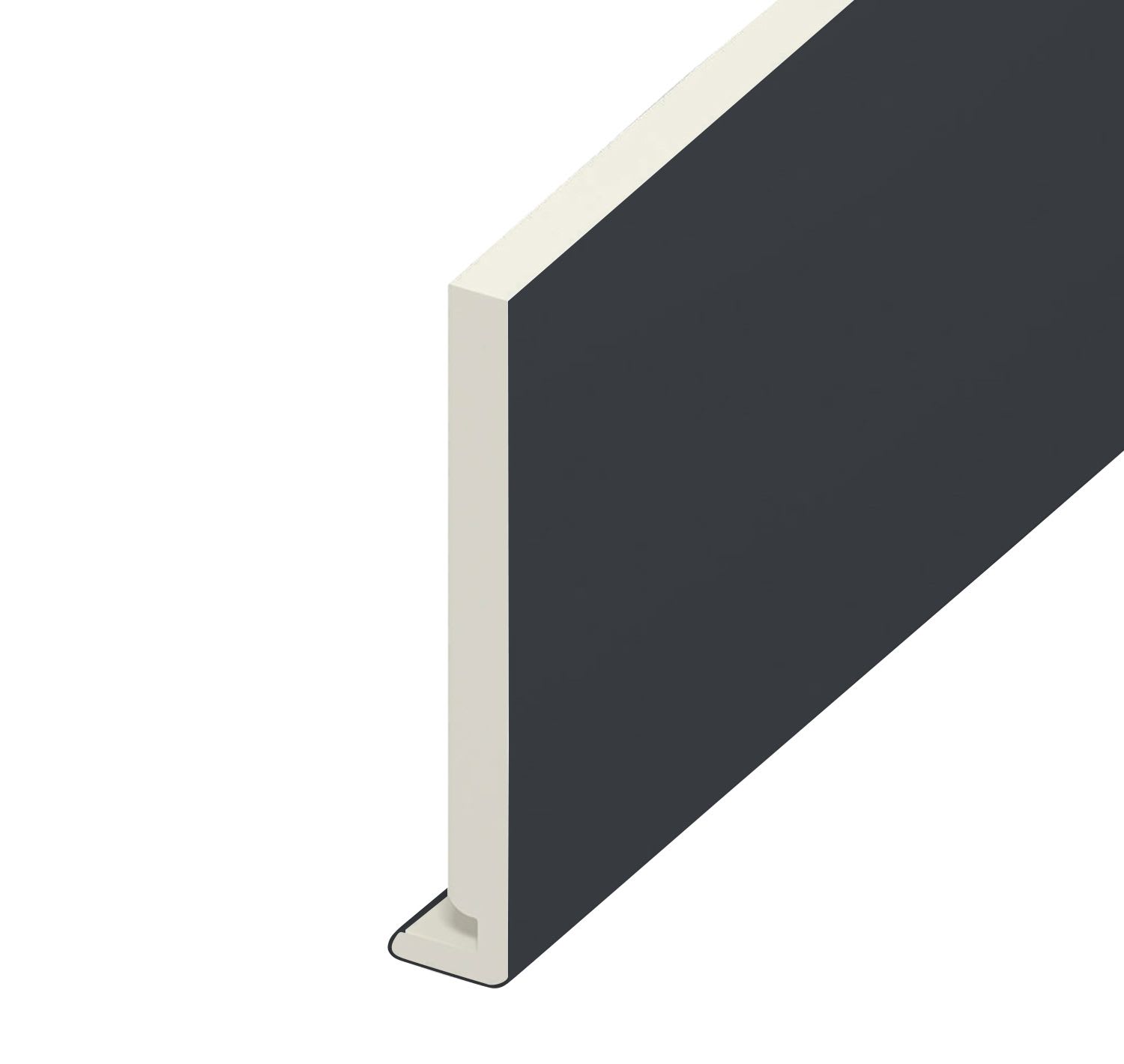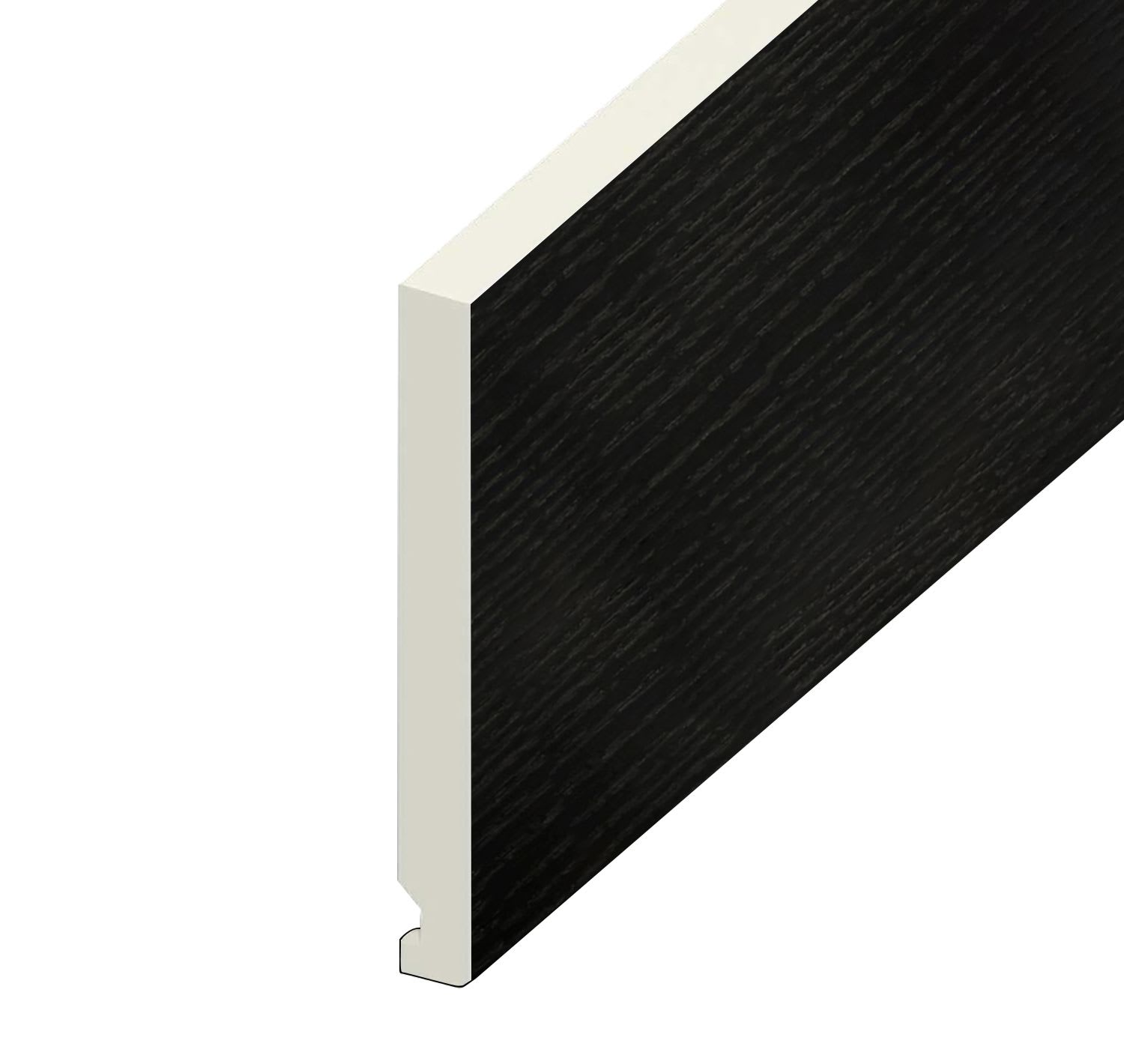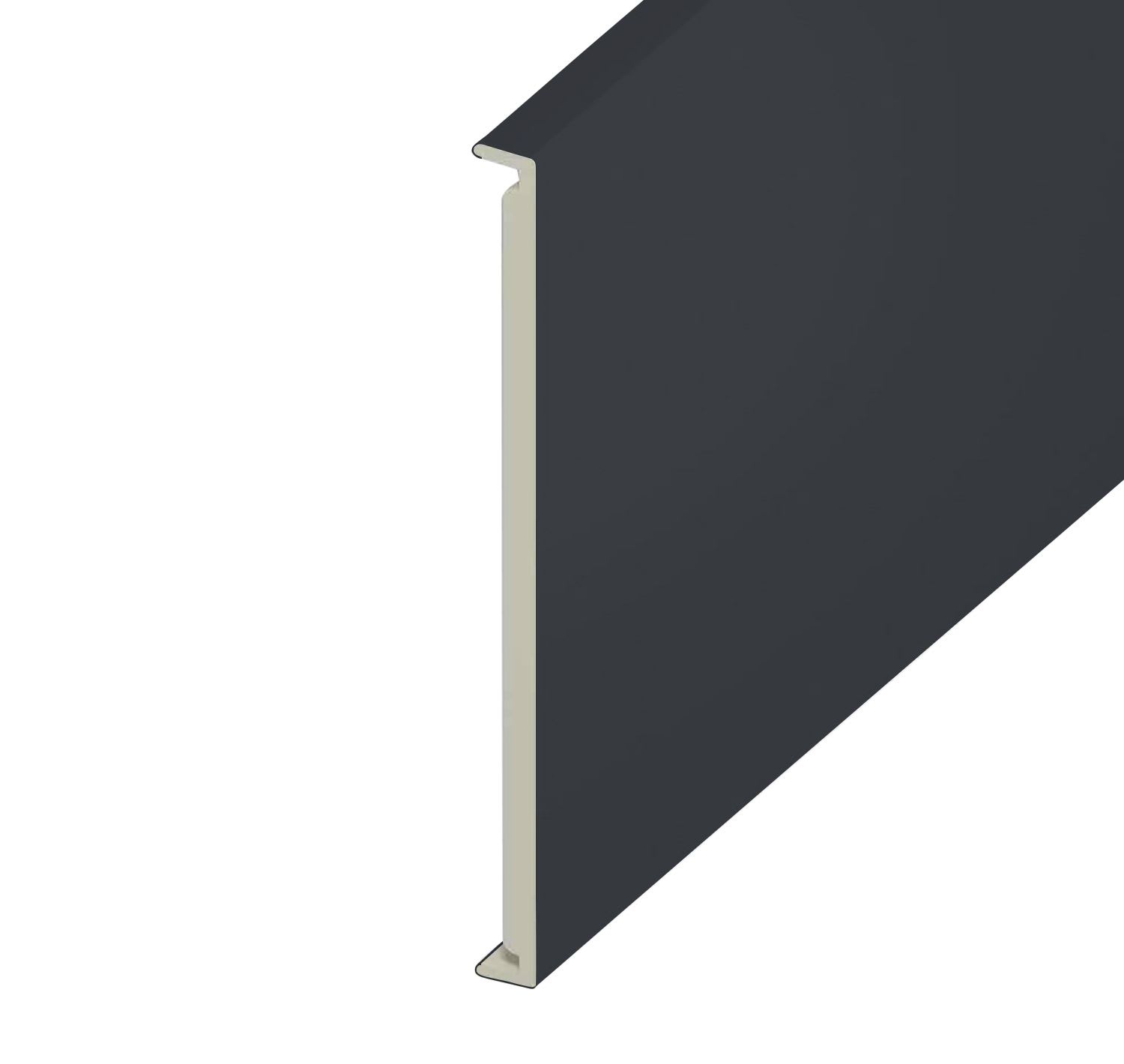Fascia Boards
(80 Products)Fascia boards are the horizontal, long boards fixed along the lower edge of a roof, directly attached to the ends of rafters or trusses. Positioned just beneath the roofline and above the soffit, they serve multiple vital purposes. They provide a solid, stable, and vertical surface for mounting the gutter system (eavestroughs), act as a crucial barrier protecting the exposed rafter ends and roof space from weather damage (like rain and snow) and pests, and provide a finished clean look to the roof's edge.
What is a Fascia Board?
The fascia board is the long, straight, vertical board running horizontally along the lower edge of a roof, positioned where the roof meets the building's outer walls. Often simply called 'fascia', it's typically mounted directly onto the exposed ends of the roof rafters or trusses, effectively capping them off and providing a clean, finished look.
The fascia works closely with other roofline components; it sits directly above the soffit board (which covers the underside of the roof overhang) and provides the crucial mounting surface for the gutter system. This interconnected relationship is vital: the fascia must be strong enough to support the weight of the gutters, especially when full of water, while also shielding the rafter ends and the top edge of the soffit from weather exposure.
If the fascia fails due to damage or rot, the gutter support is compromised, potentially leading to overflow. This overflowing water can then saturate both the fascia and the underlying soffit boards, promoting further decay and potentially blocking soffit vents, which hinder essential attic ventilation. This also increases the risk of water pooling near foundations, soaking walls, or causing erosion, which can lead to costly damage to the building envelope starting at the roofline.
Additionally, fascia boards, along with soffits, seal off potential entry points that pests might use to access the roof void or attic space. Common pests seeking shelter or nesting sites, such as birds, squirrels, rats, mice, and various insects (including termites, carpenter ants, and wasps), can be deterred by a well-maintained roofline.
Where is it Located?
Visually, the fascia board is the prominent vertical face seen at the roof's edge, often situated directly behind the guttering system. It sits vertically, parallel to the building's walls, just above the soffit board (which covers the underside of the roof overhang).
Together, the fascia and soffit form the front and bottom faces of a 'box' structure at the eaves, enclosing the rafter ends. Due to its position, the fascia is a highly visible element contributing significantly to the roofline's appearance. Functionally, it connects the main roof structure to the rainwater drainage system and defines the edge of the eaves ventilation space.
What Does a Fascia Board Do?
- Protecting Your Roof Structure: The primary protective function of a fascia board is to act as a shield for the otherwise exposed ends of the roof rafters or trusses. These wooden components are vulnerable to weather elements, particularly moisture from rain and snow. The fascia prevents water from penetrating the roof structure and attic space.
- Supporting Your Gutter System: Fascia's critical role in supporting the gutter system makes it fundamental to the building's overall water management strategy. By ensuring gutters are securely mounted and protecting the vulnerable rafter ends from direct weather exposure, it facilitates the effective collection and diversion of rainwater away from the structure.
- Finishing Your Roofline: Beyond its protective and structural duties, the fascia board significantly enhances a building's aesthetic appeal. It covers the potentially uneven and visually unappealing ends of the roof rafters, creating a clean, smooth, and finished edge to the roofline. This polished look contributes substantially to the home's overall curb appeal and architectural character.
- Supporting Lower Roof Tiles (Secondary Function): In many roofing systems, the fascia board also provides support for the lower edge of the bottom row of roof tiles or shingles, helping to keep them securely in place.
Benefits of uPVC Fascia Boards
- Durability & Longevity: uPVC is highly resistant to common issues that affect timber, such as rot, decay, rust, corrosion, and insect attack. It does not readily warp, crack, or split when exposed to the elements, ensuring a long service life, often backed by manufacturer guarantees of 20 years or more.
- Low Maintenance: This is a major benefit over timber. uPVC fascia boards do not require regular painting, staining, or sealing to maintain their appearance and protective qualities. Cleaning typically involves just a simple wash with soap and water, saving time and ongoing maintenance costs.
- Weather Resistance: uPVC performs exceptionally well in the varied UK climate, effectively resisting damage from rain, wind, snow, and UV exposure. While some colour fading may occur over very long periods, guarantees often cover significant discolouration.
- Cost-Effectiveness: Compared to timber and particularly aluminium, uPVC generally offers a lower initial purchase price and potentially lower installation costs due to its ease of handling. Combined with its longevity and low maintenance needs, it represents excellent long-term value.
- Style Versatility: uPVC fascia is available in a range of colours and finishes. The options available at Materials Market include classic White and contemporary Anthracite Grey.
- Ease of Installation: Being relatively lightweight compared to timber or fibre cement, uPVC fascia boards are easier to handle and install, potentially reducing labour time and costs.
Frequently Asked Fascia Boards Questions
What Is The Difference Between Fascias And Soffits?
While fascia and soffit boards work together as part of the roofline, they serve different purposes. Fascia boards are mounted along the edge of the roof and provide support for the gutter system, protecting the roof structure from weather exposure. Soffit boards, on the other hand, are installed beneath the roof overhang, covering the underside of the roof and allowing for thorough ventilation of the attic space.
How Do I Know If My Fascia Board Needs Replacement?
If your fascia board is showing signs of rot, decay, or damage (such as cracks, warping, or discolouration), it may need to be replaced. You should also look out for sagging gutters, as this can indicate that the fascia is no longer providing adequate support. Regular inspections after storms or heavy rains can help identify any damage early, preventing more extensive repairs down the line.
How Do Fascia Boards Contribute to Energy Efficiency?
Fascia boards, by helping to maintain roofline ventilation, can indirectly support better energy efficiency in your home. By preventing moisture buildup in the attic and promoting airflow, they reduce the chances of mould growth and excessive heat accumulation, both of which can affect insulation. Sufficient attic ventilation helps regulate temperatures inside the home, reducing the load on your HVAC system and improving energy efficiency.

